Why the price of popular Australian wines is rising (plus three good-value bottles)
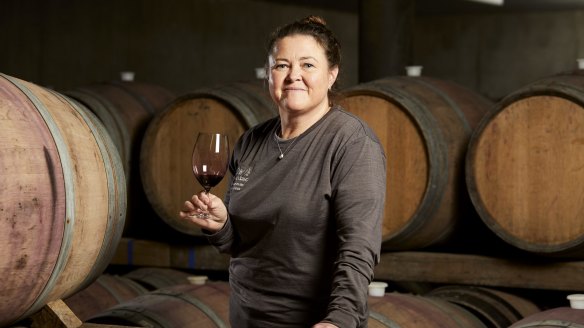
Wine fans will likely be paying more for their favourite Australian drops over the next few years, especially drinkers partial to increasingly popular varieties such as chardonnay and pinot noir. It all starts in the vineyard, where supply, demand and quality largely dictate the price of fruit.
"Different regions, making different styles that are enjoyed by different kinds of markets, means it's very hard to generalise," says Mark O'Callaghan, managing director at national wine industry consulting group Wine Network Consulting.
"If you're growing prosecco in the King Valley, you're doing well and are in a really good, happy place. If you're growing pinot and chardonnay in any of the areas around Melbourne or in Tassie, you can't keep up with demand.
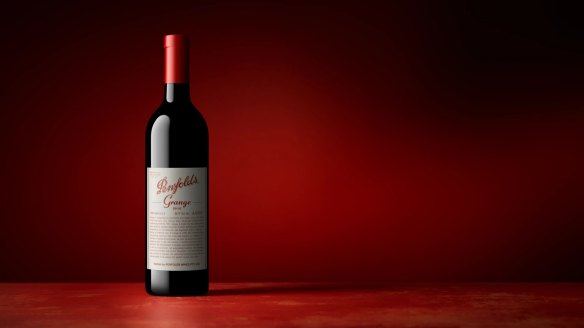
"That's because people enjoy drinking them. The success of pinot and chardonnay is part of a much longer-term trend towards lighter styles of wine consumption that's been going on domestically in Australia for years."
Wine Australia's National Vintage report indicates that while grape prices were actually down by 10 per cent across Australia in the past 12 months, prices for white wine grapes have increased every year since 2014, peaking in 2022 at their highest level since 2008. The total wine grape crush from the 2022 harvest is 13.5 per cent below last year's record figure.
On the flipside, the impact of China trade tariffs hit many exporters hard. "You see that in bulk red wine prices falling and you hear it anecdotally in stories of fruit being left on the vine," says O'Callaghan. "Whereas white wine prices are staying quite strong."
Price increases are hitting every point of the growing and winemaking process.Yarra Yering winemaker Sarah Crowe
In Victoria's Yarra Valley, Yarra Yering winemaker and general manager Sarah Crowe can't make enough chardonnay or pinot noir. "We only handle fruit that we grow ourselves so the increase in fruit prices doesn't really impact us, but the cost of growing grapes does," she says.
"Price increases are hitting every point of the growing and winemaking process."
Wine production has many layers and the cost of diesel, fertilisers, electricity, labour, glass, cork, labels, print stock and freight have all risen exponentially.
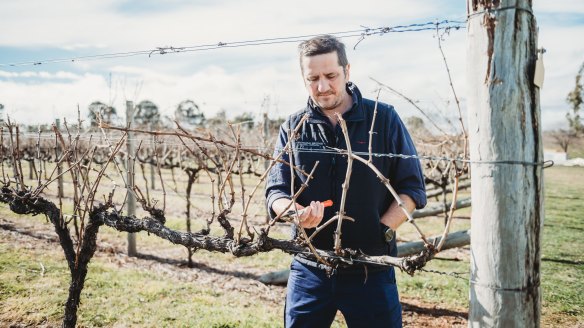
"Diesel was probably one of the first things to start going up since the pandemic, as well as supply chain issues and increases in freight costs," Crowe says.
"We have two releases a year and we'd already planned a price increase on our last release in May, but by the time that release came around prices had again increased in our production site."
A price rise will also be noticeable to Grange collectors who buy every annual release of Penfolds' flagship South Australian shiraz. When it goes on sale August 4, the 2018 Grange will have a recommended retail price of $1000, up from $950 for the releases in 2020 and 2021. The annual Grange release in 2012 landed in stores priced at $625 a bottle.
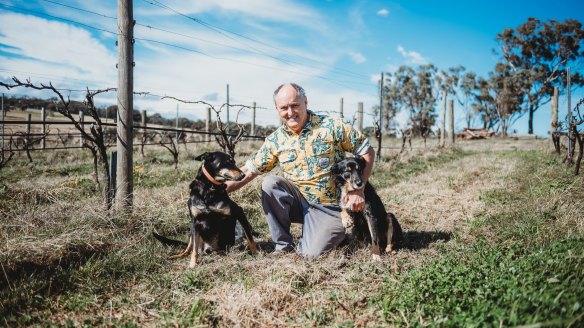
In the NSW Orange region, See Saw Wines' Justin Jarret has been growing and making cool climate wines for more than 27 years. "I used to send a pallet of wine to Melbourne for $86 and it's now $192," he says.
"The last three years have been particularly tough for growers. On top of that, we are generally growing less tonnes because we're trying to grow higher quality fruit and make higher quality wine. If you succeed in that, the price of your wine is no longer $15 a bottle, it's $25 and above.
"No one wants the cost of living to go up; that doesn't matter whether it's lettuce, lamb or wine but the reality is that if the basic ingredients for agricultural production have gone through the roof, then we have to raise prices to maintain those industries."
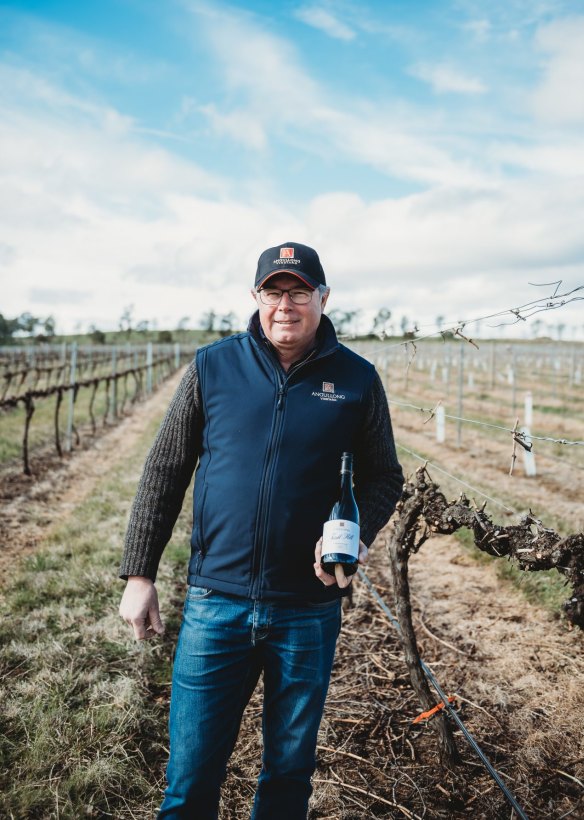
Efforts in sustainability, organic and biodynamic conversion, and vine health can also be costly.
"A lot of people in the Yarra are replanting on phylloxera-resistant rootstock, so fruit supply is also currently a bit squeezed," Crowe says. "For winemakers who don't have vineyards, demand puts prices up as well as the cost of growing fruit."
The cost of imported barrels has skyrocketed too. "I think people are going to actually start using less new oak because of the increase in barrel prices and freight," says Crowe.
Accessing grapes can be difficult, especially during environmentally challenging years when fruit yield is down due to hail, flooding, bushfires and resulting smoke taint.
"In NSW, a lot of wineries just didn't make any wine in 2020," says Ben Crossing from Angullong Wines in Orange.
"Then there was a low yield in 2021 but a high demand for direct-to-consumer sales during the lockdown. I think that's now having a bit of an impact because the warehouses are pretty low in stock."
Crossing grows cabernet sauvignon, merlot, pinot noir, chardonnay and experimental plantings of alternate varieties such as vermentino, barbera, montepulciano, sangiovese, tempranillo, sagrantino and malbec. "In this area, pinot gris fruit has also gone up in price," he says.
Land prices may hinder new plantings too, says Crossing, especially in the high country. "I don't think there's going to be many new plantings put in because of land prices and competition from lifestylers.
"We're reworking some vineyards and changing varieties over from cabernet to pinot noir but finding labour at the moment is a challenge. As far as handpicking goes, it's almost becoming uneconomical."
Angullong Wines hasn't increased prices per bottle – yet. "We're just contemplating that at the moment," says Crossing. "No one likes really having that discussion. We need these commodity prices to go up because the input costs are going up significantly."
Like Sarah Crowe at Yarra Yering, Yarra Valley's Mandala Wines owner and winemaker Charles Smedley also experienced the shortfall of grapes. "In 2022 I didn't need to buy any Yarra fruit because we produce all our own but I did buy some Mornington fruit," he says.
"Price-wise, you're looking at around $3500 to $4000 a tonne for Mornington Peninsula pinot noir and that's similar across the board for Yarra Valley. That will most probably push to closer to $5000 for 2023, particularly if it's hand-picked. Three years ago, you would have been able to get pinot for $2500 to $3,000 a tonne."
Then there's picking costs. "In 2020 you might have been spending about $450 to $500 a tonne for handpicking but 2022 was a smaller crop, therefore you're looking a little bit harder for your fruit amongst the canopy," says Smedley. "Some people were looking at anywhere between $800 and $1000 a tonne to handpick."
He expects to see price increases across the board for 80 per cent of wineries, particularly boutique and smaller wineries.
Tom Ward, owner of Swinging Bridge Wines and president of Orange Region Vignerons' Association, is well versed in growing and making premium cool climate pinot noir and chardonnay. He believes restaurants, consumers and wine brands need to work together to maintain sustainable industries.
"I think it's important to remember, especially when it comes to smaller producers, that if we make profit, it comes back into a local regional community. Sometimes people forget that. Wine is one of the few industries that goes from the primary source all the way through to the end product. We employ people and sustain communities."
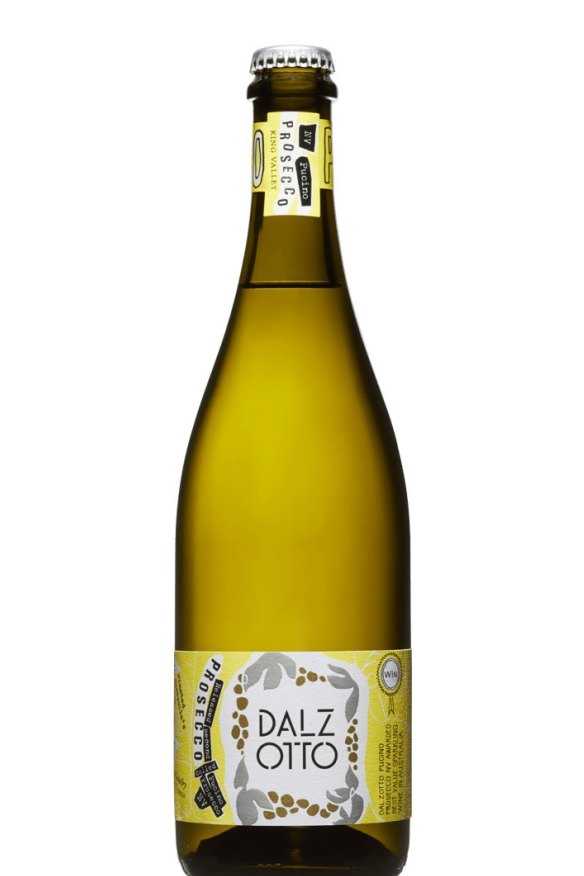
Three top drops still retailing for $20
Dal Zotto Pucino Prosecco NV, King Valley
Fun fizz you can count on for a seafood barbecue in the backyard.
Devil's Corner Chardonnay 2021, Tasmania
A classic bargain, and especially good with baked camembert in winter.
Wynns Coonawarra Estate Shiraz 2021, Coonawarra
Lots of dark fruits and ripe tannins make this all-timer perfect for a Sunday roast or mid-week bangers, mash and gravy.
with Callan Boys
